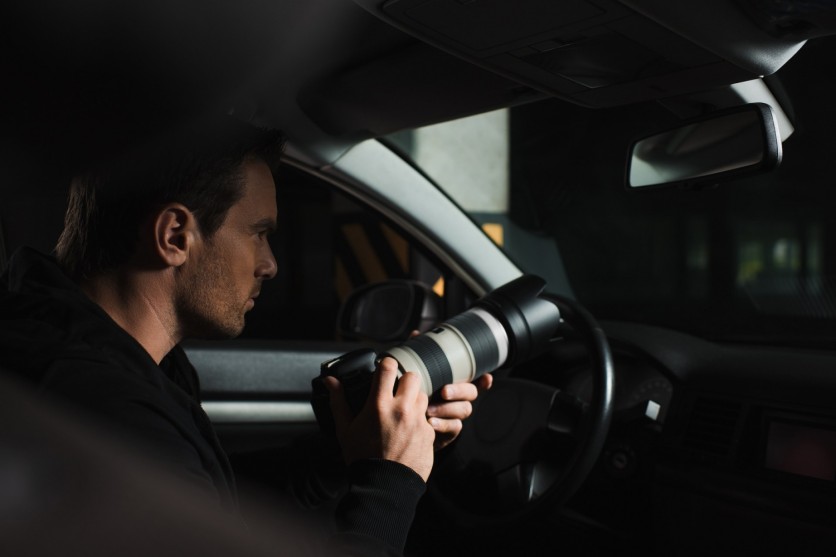Sony has successfully concluded a month-long field test of its in-camera authenticity technology to combat the rise of manipulated imagery.
According to Sony, the latest field test, marking the second phase, concluded in October. This in-camera authenticity technology involves creating a digital signature, essentially a birth certificate for images, at the moment of capture, thereby validating the origin of the content.
The digital signature is generated within the camera's hardware chipset, making it machine-based and eliminating the possibility of undetected manipulation from the outset.

Authenticity Tech of Sony
Sony's authenticity technology is particularly targeting professionals seeking to safeguard their content's authenticity. It serves as an additional layer of security to assist news agencies in combating the spread of falsified imagery.
Neal Manowitz, President and COO of Sony Electronics, emphasized the company's commitment to addressing the challenges posed by manipulated imagery and false information.
Sony has been involved in the Coalition for Content Provenance and Authenticity (C2PA), helping set industry standards for tracking editing and manipulation of imagery. The company's in-camera authenticity technology, demonstrated during the field test with the Associated Press (AP), has shown promising results.
"The dissemination of false information and images has real world social impact that brings harm not only to our photojournalist and news agency partners, but to society as a whole. We care deeply about this challenge and are committed to using our resources to help solve it," Manowitz said in a press statement.
"Through Sony's work on the steering committee for C2PA (Coalition for Content Provenance and Authenticity), we have helped set the current industry standard for the tracking of editing and manipulation of imagery. Additionally, our in-camera authenticity technology has shown valuable results, and we will continue to push its development towards a wider release," he added.
The field test, conducted in collaboration with Camera Bits, the company behind the industry-standard workflow tool Photo Mechanic, evaluated capture authentication and workflow processes.
The technology in Photo Mechanic was developed alongside Sony and AP, aiming to preserve the camera's digital signature throughout the metadata editing process. It ensures that the image's authenticity is maintained, addressing the challenge of manipulated imagery during the editing phase.
Read Also : Sony Pulse Explore: The Only Wireless Earbuds to Work for PlayStation Portal is Coming this December
Fake Imagery in Journalism
David Ake, AP Director of Photography, highlighted the significant concern that fake and manipulated images pose for news organizations, contributing to misinformation and eroding the public's trust in accurate imagery. The collaboration between Sony and AP aims to create an authentication solution to combat this problem.
"We are proud to be working alongside Sony Electronics to create an authentication solution that can help combat this problem," Ake said in the statement.
Sony's in-camera signature and C2PA authentication are expected to be released in a firmware update for the Alpha 9 III, Alpha 1, and Alpha 7S III cameras in the Spring of 2024.
This technology could mark a step forward in ensuring the integrity and authenticity of images in an age where the rapid evolution of generative AI raises concerns about the potential impact of manipulated imagery in journalism.
Related Article : Sony: PS Plus Premium Cloud Streaming is Here, No Need to Download Top PS5 Games to Play

ⓒ 2025 TECHTIMES.com All rights reserved. Do not reproduce without permission.




